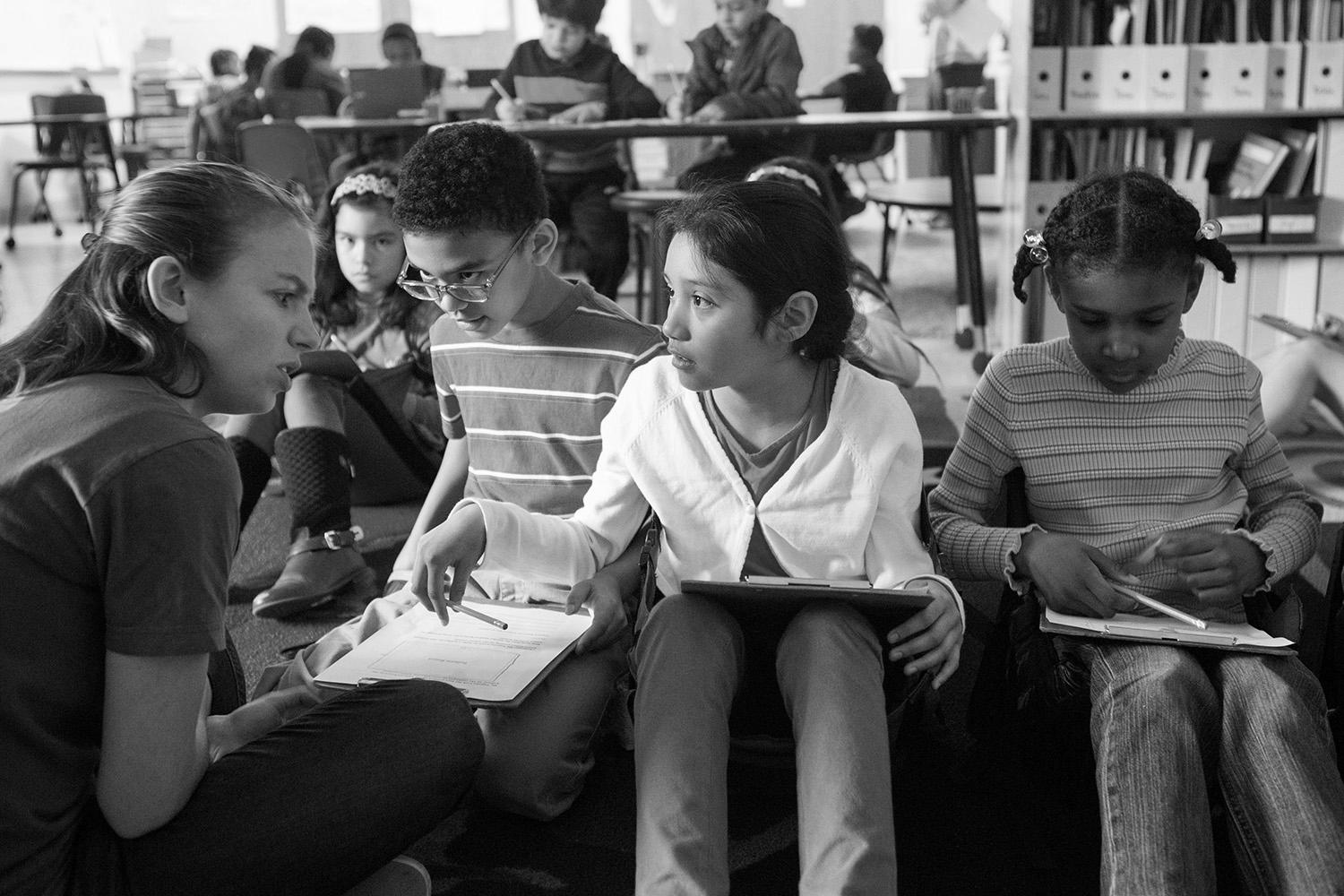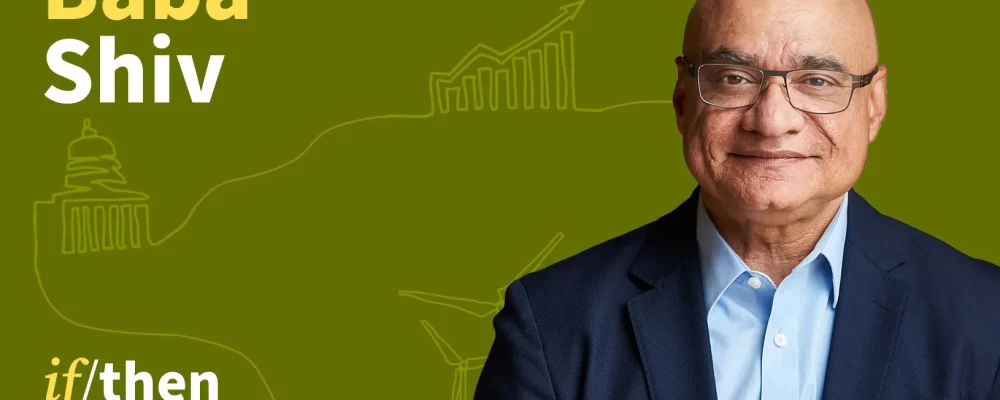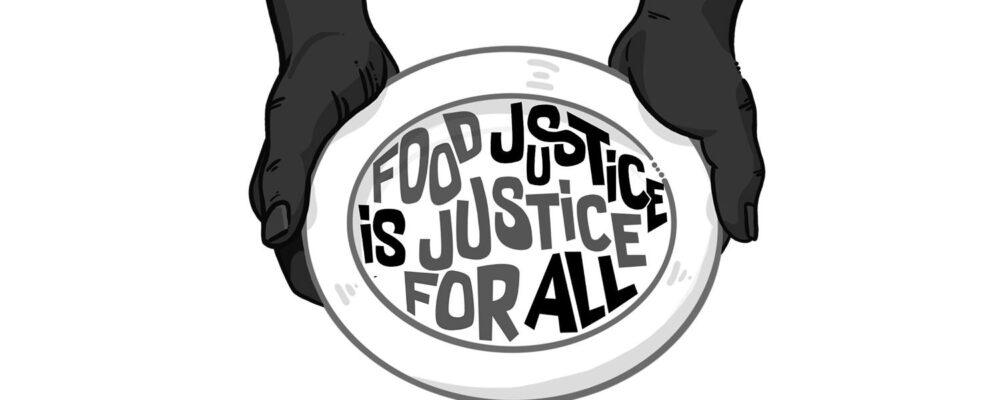Combining the powers of artificial intelligence and functional magnetic resonance imaging (fMRI), a team of researchers at Stanford University have created “digital twins” of struggling math students to offer first-ever insights into the neurological underpinnings of math learning disabilities, which vex as many as one in five students in America.
“Our study grew out of a couple of decades of behavioral, cognitive neuroimaging work on trying to understand the brain bases and the cognitive foundations of learning disabilities in children,” said Vinod Menon, professor of psychiatry and behavioral sciences at Stanford University. “Now we have these new AI tools that actually allowed us to ask those questions much more deeply, much more mechanistically.”
In a paper appearing in the journal Science Advances, Menon and his co-authors, Stanford postdoctoral scholar Anthony Strock and social science research scholar Percy Mistry, introduce what they refer to as personalized deep neural networks. These are effective digital “twin brains” of real children, models able to mimic how individual students solve math problems and to demonstrate computationally where things go awry in the brains of children with math learning disabilities.
Amid the din
In their study, which was partially funded by the Stanford Institute for Human-Centered AI, the researchers selected 45 students between the ages of 7 and 9 – 21 of whom had math learning disabilities. Then the real students solved basic addition and subtraction problems while fMRI charted their brain activity. Next, they trained digital twins, getting similar answers as their real-world twins – right and wrong, every time – while the AI models simulated their brain activity.
Menon and his collaborators learned that AI models could be tuned to mimic their real-world twins’ accuracy and learning speed by adjusting a single neurological parameter known as neural excitability, which equates roughly to how strongly brain cells fire. Such neurological understandings have been challenging to study in living subjects, requiring electrodes placed in the brain to measure neural activity. Thus, the true neurophysiology of learning and learning disabilities has been elusive to pin down scientifically.
“Contrary to what we and others were expecting, we found that too much neural activity – not too little – is a core problem of learning difficulties,” Menon said. “The kids who struggle show signs of hyper-excitability in brain regions that are key to numerical thinking, and the AI twins showed precisely the same patterns.”
Menon and team’s hypothesis is that this excess activity leads to muddled mental representations of math problems, confusion, and slower learning. They theorize that hyper-excitability leads to what they call representational overlap: Different math problems produce too-similar neural patterns. The mathematical representations are mixed and muddled, which prevents accurate problem solving, Menon said. It is as if the brain is shouting over itself and the student can’t discern the correct answer amid the din.
Renewed hope
The educational implications are considerable. Digital twins will allow researchers to test neurological mechanisms in silico – on the computer – in each child, offering a window into brain-level causes of learning struggles. Menon highlighted that the study shows that AI twins modeling math learning disabilities required nearly twice as much training to reach the same accuracy as typically developing math students. But, Menon emphasized, “They do eventually reach equivalent performance. And that gives us great hope for improved remediation strategies.”
For educators, digital twins might lead to personalized learning plans tailored to the learning style of a specific student and predict types of instruction that might work best for each individual learner. Menon and team are now extending their models in new directions to create even richer neurological simulations of mathematical reasoning.
Menon’s takeaway is that children with learning disabilities may need significant additional training that will allow performance deficits to be remediated. Nonetheless, Menon offers caution not to overread the results. The model needs refinement. There is more work to do, but it does point in some promising new directions for further research.
“We now have a framework to test targeted strategies – whether cognitive or neural – before trying them in real classrooms,” Menon concluded. “That could accelerate our ability to design effective educational programs for kids with learning disabilities and make real progress for real kids who struggle to learn math.”
For more information
Vinod Menon is the Rachel L. and Walter F. Nichols, MD, Professor of Psychiatry & Behavioral Sciences and professor, by courtesy, of neurology and neurological sciences and of education at Stanford University. He is also director of the Stanford Cognitive and Systems Neuroscience Laboratory and an affiliate of the Wu Tsai Neurosciences Institute and the Stanford Institute for Human-Centered AI. Study authors include Stanford postdoctoral scholar Anthony Strock and Stanford research scholar Percy Mistry.
This story was originally published by Stanford Institute for Human-Centered Artificial Intelligence.
“Stanford University, officially Leland Stanford Junior University, is a private research university in Stanford, California. The campus occupies 8,180 acres, among the largest in the United States, and enrols over 17,000 students.”
Please visit the firm link to site






